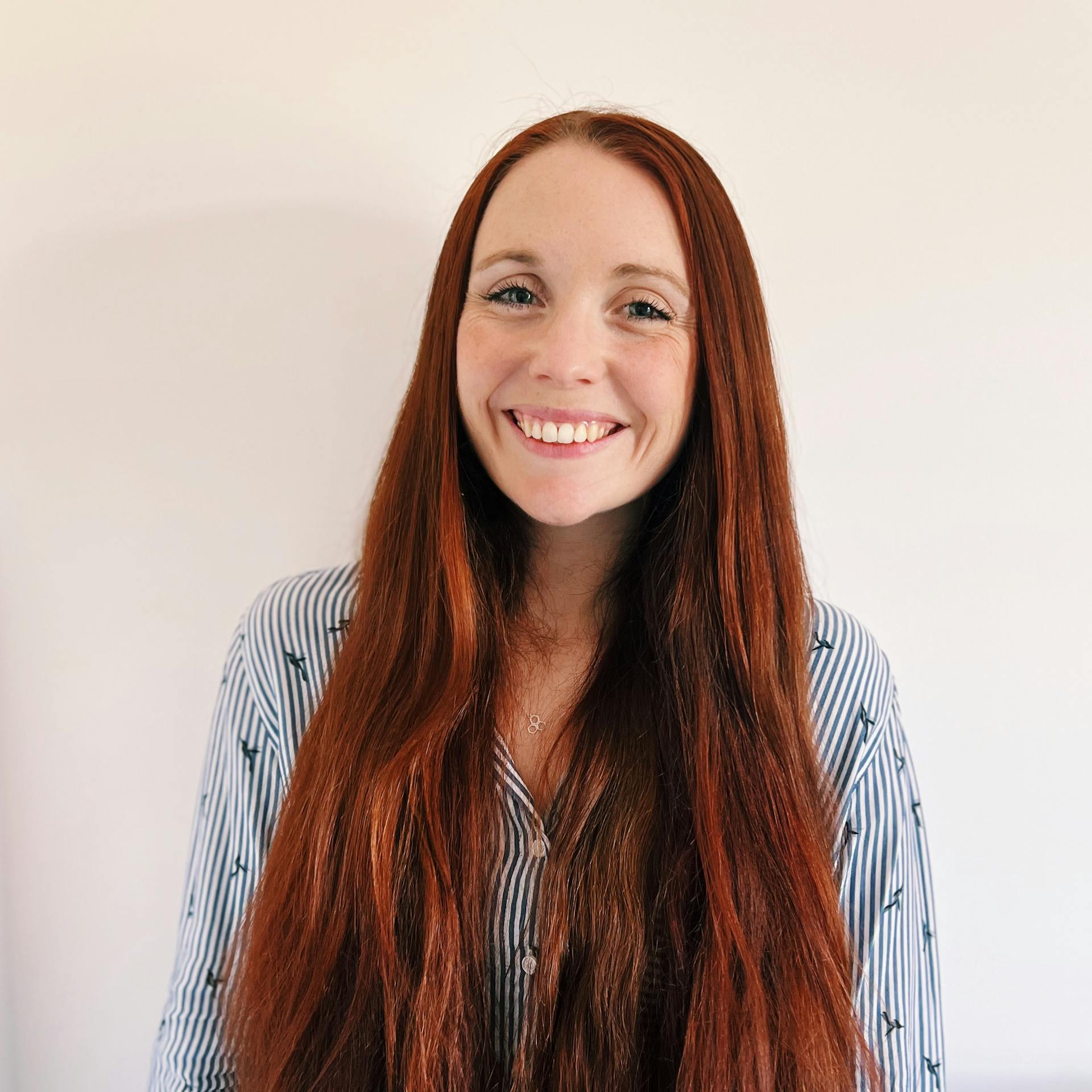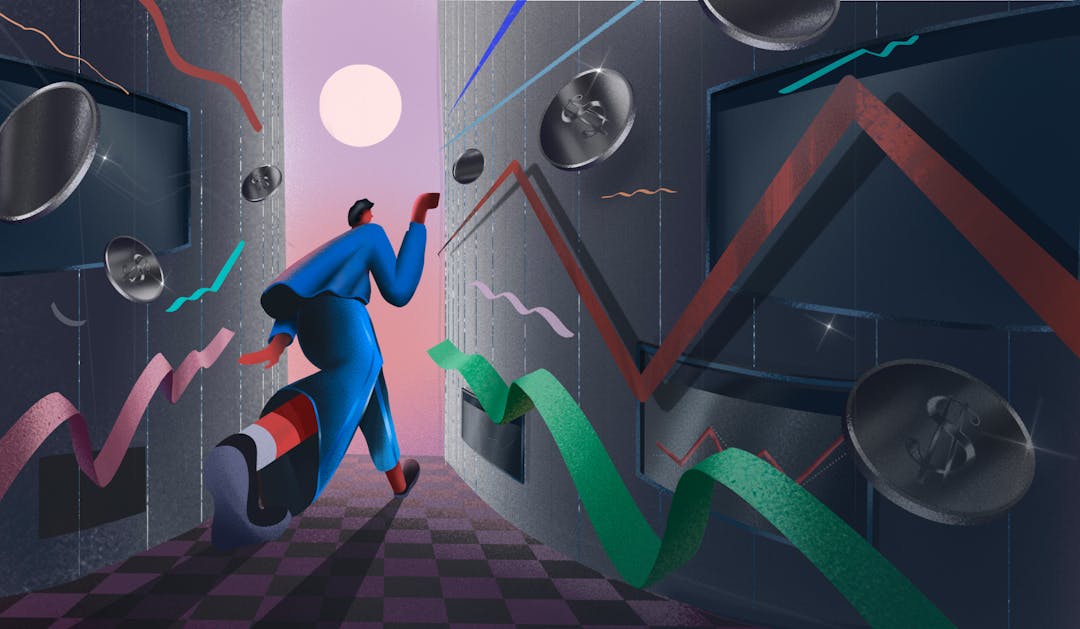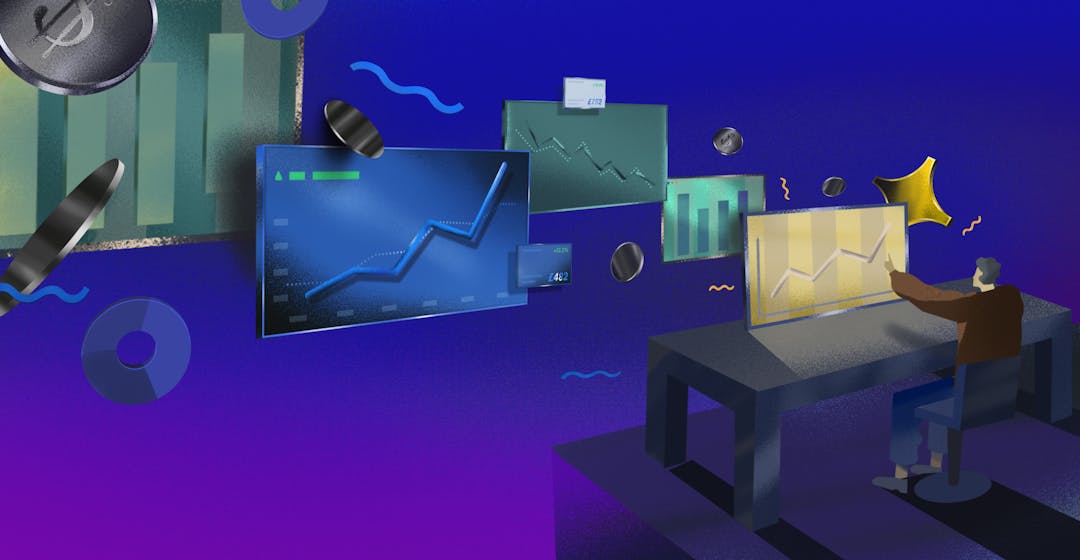Find out how Iconosquare brought PLG and sales-assisted billing together to create a winning upmarket formula.
There are two main types of sales motion, product-led growth (PLG) and sales-led growth. There is a reason that the biggest B2B SaaS companies, like Dropbox and Slack do both. They combine self-serve checkout with sales-assisted customer acquisition, achieving business growth with both upmarket and downmarket audiences.
At Paddle, we refer to this as a hybrid billing strategy and it is a fast-growing trend in SaaS. Combining inbound sales through a checkout with sales-driven invoicing is often lucrative but doubles go-to-market complexity.
Our Director of Product for Invoicing, Lucas Lovell, sat down with Head of Growth at Iconosquare, Jonas Couffignal, to look at exactly why this growing trend is one to take note of.
Here is their Q&A, the answers are worthwhile sticking around for.
TLDR: Introducing hybrid billing was an important step in Iconosquare’s growth from a freemium product to a monetized product strategy targeting enterprise companies.
Tracking a growing trend - hybrid billing
LL: At Paddle we think of two primary SaaS billing motions: self-serve checkout (PLG) or a sales-assisted billing motion (sometimes referred to as SLG).
The PLG approach is one where your customer self-serves onto your Product via a checkout embedded into your website, without interacting with a salesperson. A sales-assisted billing motion is the inverse, where the customer initially interacts with a salesperson prior to engaging with the product.
This is the more traditional approach to customer acquisition, which relies on salespeople guiding the customer through a CPQ (configure, price, quote) process and ultimately billing them via an invoice. They are typically larger deals from a monetary perspective.
Some of the bigger SaaS companies like Slack, Dropbox etc, started out with PLG strategies but over time, have introduced a sales-assisted billing motion to increase their ACV. They can then lock in larger companies for longer time periods and reduce churn. This is usually achieved via selling feature-rich enterprise versions of their products at high price points with bespoke packaging.
We also see this reverse, where successful SLG companies have ‘gone downmarket’ to lower their CAC and boost the size of their customer base. The growth journey is fascinating.
That is why we have decided to talk to Jonas. Can you tell us a little bit about your growth journey?
JC: Iconosquare is a six million ARR bootstrapped SaaS business offering social media analytics to 8,000 clients in more than 150 countries. That is one of the main reasons we use a tool like Paddle to manage this global scale subscription.
We provide our customers with an automated report mechanism, scheduling and social media listening. We started in 2011 with a free portal online offering social media analytics for Instagram. In four years, we grew to 13 million active users and we started to look into monetizing our solution in 2016.
We started by looking at our product-led growth data to see what features we could start monetizing. Then it was about segmenting the data with those who could start paying while keeping a freemium version.
In 2021, we had 8,000 clients today, we grew from zero to six million ARR. Part of our strategy was to go upmarket and sell to bigger clients who want specific options, which meant we transitioned towards hybrid billing by including a sales-assisted approach. We still have our self-serve there which accounts for 95% of our ARR.
Introducing sales-assisted billing at Iconosquare
LL: Was the move to hybrid billing intentional? Was this something that you decided to do or was it that customers started asking for more bespoke packages?
JC: We try to apply this vision of being data-driven to all our decisions and this was no different. First, we segmented the database to look at how customers are using the software. Then it was a test and learn approach, where would monetize a feature and see if it works while also respecting the audience. Then you look at how customers respond to this pricing point, are we getting less churn and learn from that. We based our decision from the use of our features on our database and looking at where we want to focus on reducing churn.
LL: So it sounds like a lot of that drive as you monetize your product is around how you increase the complexity of your product. Do you have an enterprise plan?
JC: Yes, we do have an enterprise plan where we develop specific features more for the demand for these clients. We start with a purely inbound product-lead strategy, using our free trial we are able to spot the customers that have the profile that fits to our enterprise plan. Our sales team would then contact them specifically and educate them on the features they could most benefit from.
When PLG becomes a revenue generator and an acquisition funnel
LL: We see a lot of companies using the hybrid billing motion using that self-serve motion as a way of acquiring new customers. It's like an acquisition funnel where you have customers coming on board on the self-serve option and then you have the information available for the sales team to then upsell them into higher value enterprise deals.
Is your PLG strategy providing you with a large portion of your revenue but facilitating and operating as an acquisition funnel for your sales-assisted enterprise customers as well? Was that a strategy or did it just happen?
JC: As I always say, we try to be data-driven in our approach. The top 3% of our 8,000 strong client base accounts for 22% of our MRR. We consider this inbound to outbound approach as an acquisition channel. Taking into account the churn on this specific segment, it is worth it to spend more time with them thus having a whole process with a sales team in place to address these people.
Other SaaS companies should decide where to put the needle. For us we take into account the churn, the sales cycle and where you can see the best return on your investing. Our customer list came 100% from inbound strategies but now we are diversifying that, addressing more key accounts through outbound. Some sales-led companies may have done it the other way around but it's a matter of context for each company.
Removing complexity: No question Paddle was worth it
LL: Sounds interesting, how did you manage the changes to the internal processes and the responsibilities across the teams when you started to bring in the sales team?
JC: We started working on the segmentation and where we would want to spend more of our time acquiring customers. Then it was about getting the right people in for the job followed by the right tools. Above all it was all about measuring success, being data-driven. Every team must have a north star metric that they are working to.
As for getting the right tools, you have to be curious. I have worked with the tools myself to work out how we can use and implement them into our processes. We used Braintree before but we moved to Paddle because we have clients in 150 countries around the world. Managing all the legal and tax aspects of the invoicing was too much for our small team.
There is no question it was worth moving to Paddle for that peace of mind. When you start to sell on a broader, global scale, when you start sending out more invoices, it is worth moving to Paddle. From a user perspective, we used to have thousands of lines of reconciliation per month, since moving to Paddle, we have two lines US dollars and Euros. It makes it so easy.
This is just a snippet of the really important conversation. If you want to watch the full chat on demand you can. Click here and let us know what you think!




